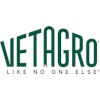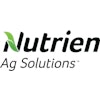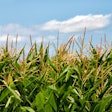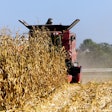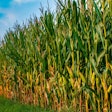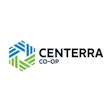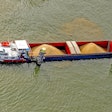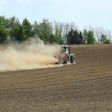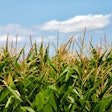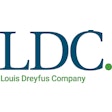
Societal pressure regarding environmental impacts from the livestock sector continues to grow. The UN shows that one-third of global croplands are used for feed production and that significant greenhouse gases, freshwater use, and nitrogen and phosphorous runoff are some of the undesirable side effects. By 2050, these pressures will only be greater as the global population will increase to near 10 billion.
At the same time, opportunities abound to reduce these pressures and create more sustainable animal protein value chains. Eco-efficiency analysis provides a science-based and solution-oriented approach to harmonize economy and ecology by assessing the life cycle of products and manufacturing processes from “cradle to grave,” i.e., from raw materials sourcing, to product manufacture and use, to disposal. Combining individual data, such as water consumption, land use and raw material consumption, gives the total environmental impact. By analyzing various scenarios, economic costs are evaluated alongside the environmental impacts to discover the best option.
The transparency of environmental impacts and costs ultimately supports business strategy development, R&D opportunities, marketing and regulatory discussions. Such was the case in which BASF’s eco-efficiency approach was used with the National Cattlemen’s Beef Association multiyear life cycle project.
BASF has also developed a tailored calculation tool addressing challenges of compound feed producers in the pork value chain. Based on eco-efficiency scenario analysis methodology, AgBalance™ Pork considers the life cycle impact of user-defined diets and complements linear optimization software to define economically and nutritionally optimized diets. Dynamic aspects of the pig diet including feed conversion ratio and nutrient excretion are included to have a comprehensive and comparative representation of total impact. AgBalance Pork allows users to mitigate risks and to consider diet reformulation to optimize their feed. BASF is developing a regional module for the U.S. pork industry and will use the same approach for poultry and other animal protein value chains.
Subscribe to Magazine
